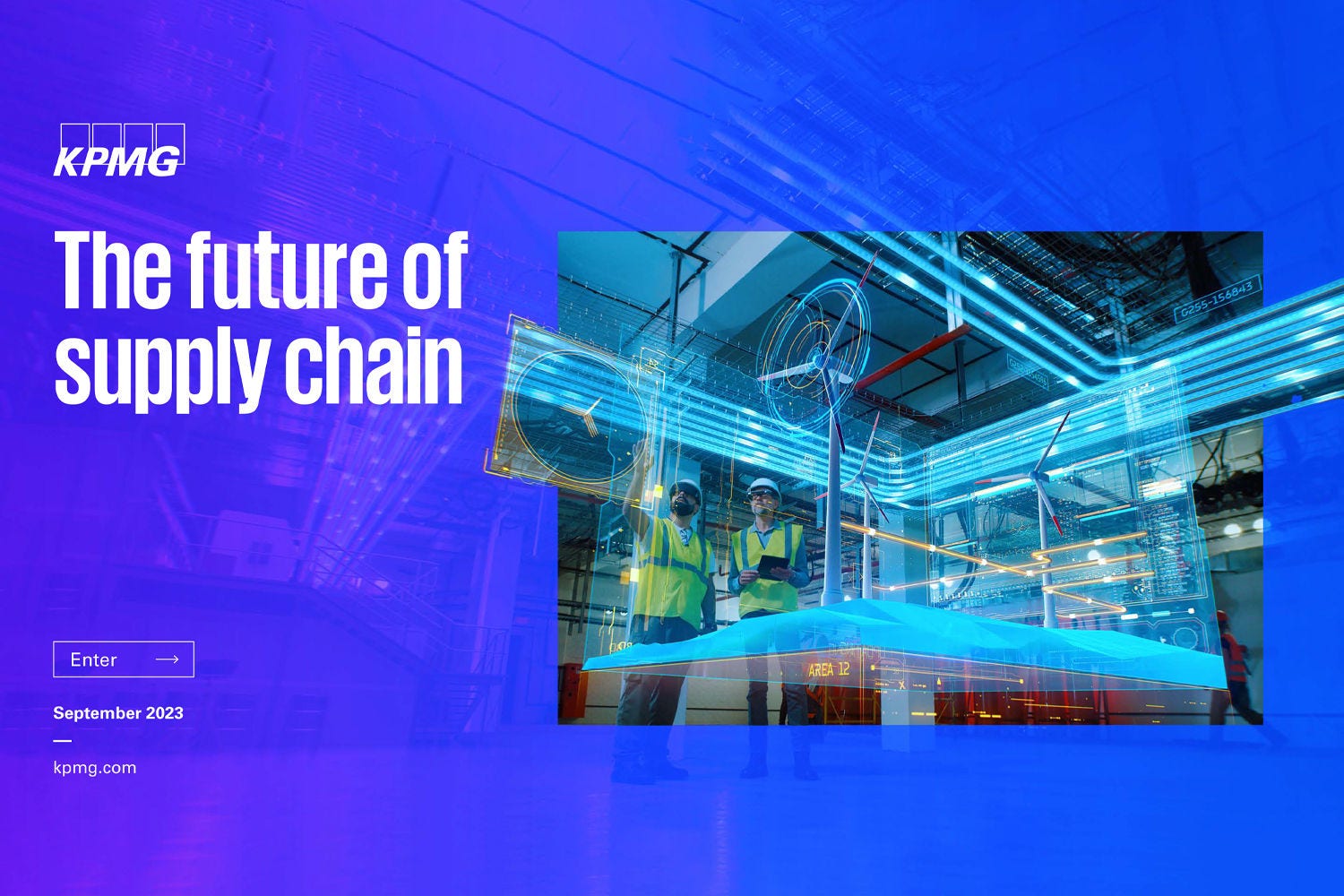Over the past few years, the world’s supply chains have been tested in so many ways, yet many have emerged stronger and more resilient than ever. However, the hard work for supply chain leaders is far from over, with six new areas that should be getting significant attention.
The short-term perspective
In the next one-to-two years, supply chain leaders will likely be occupied with a growing focus on Environmental, Social and Governance (ESG) commitments; a new level of investment in advanced robotics and automation; and the evolution of the supply chain workforce.

An ESG program was once a “nice to have”. Now, it is a “must have”. Between stakeholder demands and regulatory mandates, organizations trust the supply chain will play a leading role in meeting ESG agendas.

The supply chain is increasingly automated, with robots stacking, picking, and sorting, and algorithms planning pickups among countless other tasks. Leaders should be seeking to stay a step ahead of emerging capabilities, whether they be cobots or Generative AI, to be truly competitive.

The “rise of the robots” was supposed to put people out of work. Instead, we are seeing humans and robots collaborate in new and innovative ways for more efficient and effective supply chains. Leaders need to build the ideal blended workforce, maximizing robotics while leveraging unique human skills.
Supply chain visibility is vital. However,
43%
of leaders are unclear about Tier 1 supplier performance.
There is no time to waste when it comes to automation, with
37%
already using it to replace warehouse labor.
As the supply chain workforce changes,
62%
of leaders anticipate the challenge of labor shortages.
The three-to-five-year horizon
In the next three-to-five years, we expect supply chain leaders will be thinking about the use of distributed ledger technologies (DLTs) and digital money (DM) for security and monitoring of cross-border trade flows; how the supply chains of entire sectors will change amid technological innovation; and the potential of the metaverse as a supporting technology.

DLTs and DM
DLTs, such as blockchain, have largely been viewed as an alternative to traditional money; however, they may have a more important future as a guarantor of trust in global supply chains. Leaders should understand how DLTs and DM could provide traceability and more secure global commerce.
Supply chain visibility is vital. However,
43%
of leaders are unclear about Tier 1 supplier performance.
Sectoral transformations
Changes faced by different sectors are likely to directly influence their supply chains and leaders will need to adapt. In healthcare and life sciences, precision medicine will require complex last-mile operations, while retailers need to create a seamless digital and real-life experience. In aerospace and defense, geopolitical issues are driving greater supply chain scrutiny.
As the demand for niche services rises,
67%
of leaders anticipate it will be challenging to meet customer expectations for speed.


Metaverse
Whatever its entertainment potential, supply chain leaders are increasingly excited about the metaverse’s prospect as a tool for designing and monitoring the supply chain, pinpointing weaknesses, and streamlining services in real time.
As the supply chain workforce changes,
62%
of leaders anticipate the challenge of labor shortages.
A deeper look
The future of supply chain report explores the current context of the supply chain sector and the issues faced daily by supply chain leaders. These challenges range from the need to build resilience, to meeting ever-growing multi-national regulations, bringing ESG concerns into supply chain operations, and preparing for an unknown future. We then deep dive into the six key areas outlined above and explore how leaders can make the most of these opportunities.
The report draws on the KPMG Future of Supply Chain Survey conducted in November 2022, where 300 supply chain executives globally were asked about future trends, and their priorities in the short and long term.







